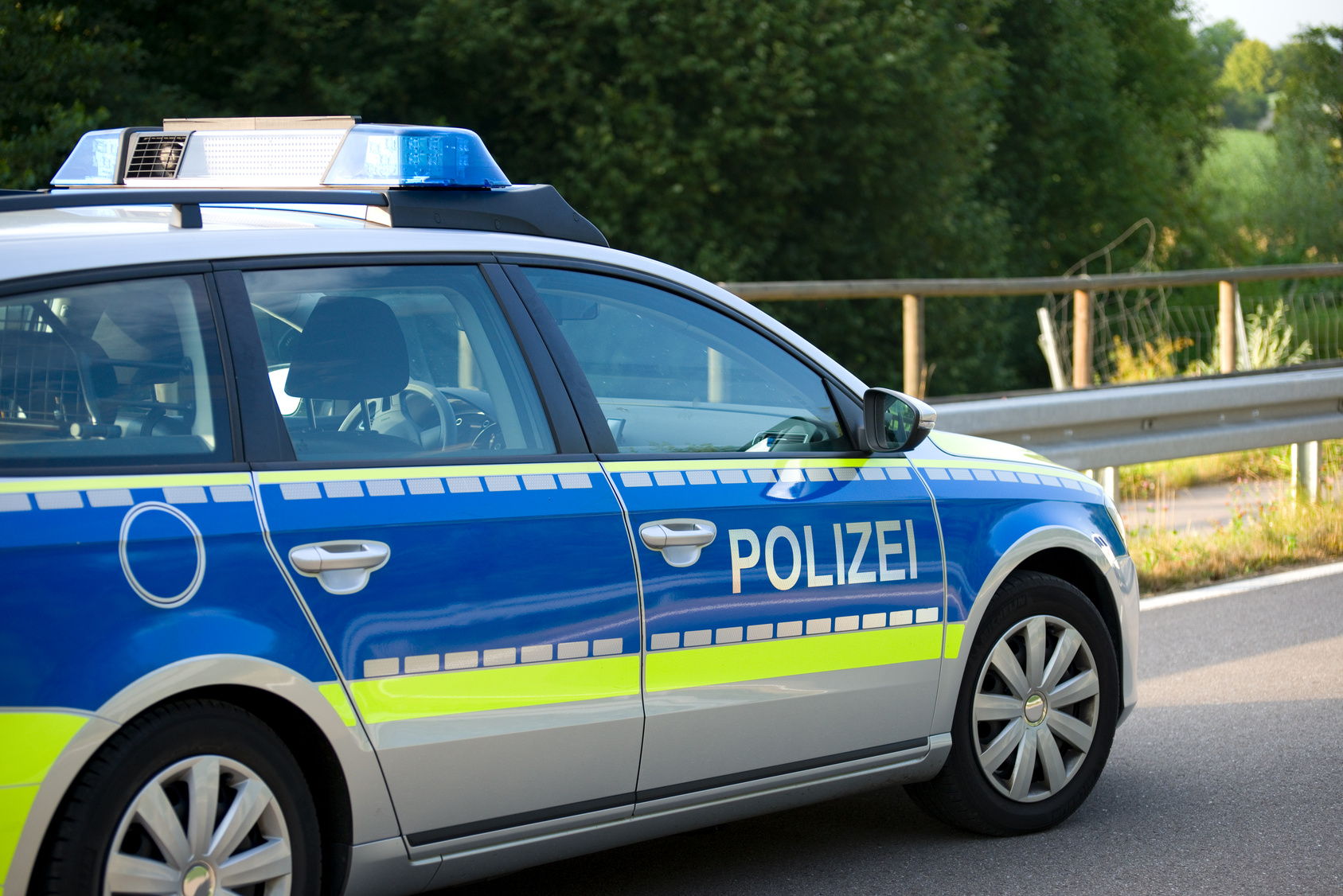Short description
To maintain inner security, the state police authorities play a central role throughout the Federal territory. In addition, the cross-sectoral cost pressure also affects the police. Technological trends and environmental policies open up new opportunities that may ease the police work, but at the same time challenge budgets. Thus, alternative drive technologies plus connected and digitised vehicles can soon become relevant to the police. This raises the question of how the police´s mobility changes by 2025 – because mobility is and will remain a central component of police work. Safe, flexible and need-based operations must remain possible at all times.
On behalf of the Ministry of Interior and Sports of Lower Saxony, the Fraunhofer Institute for Material Flow and Logistics investigated relevant trends for the polices´ vehicle fleets. The aim of the study was to provide a forecast for the development of the police car by 2025. Three areas were focused in the study:
Cost developments for vehicles and fuels,
alternative drive technologies,
connected cars and digital security of the police vehicle fleet.
Fixed and variable costs and losses in value were considered for predictions of the cost development. Forecasts were made on fuel and energy prices and various purchase models were compared.
In the field of alternative drive technologies for police vehicle fleets, demanded standards for the patrol car were analysed and possible applications for alternative drives were derived.
Regarding the digitisation of the police vehicle fleet, technological trends for vehicle communication and networking were investigated. The focus was on opportunities and challenges arising from the new technological possibilities.
The study delivers recommendations for the police taking their needs account while ensuring safety and reducing environmental impacts.
Project duration: 01.06.2016 - 23.01.2017
Client: Lower Saxony Ministry of Interior and Sports
Project lead: Isabella Geis, Fraunhofer IML
 Fraunhofer Institute for Material Flow and Logistics IML
Fraunhofer Institute for Material Flow and Logistics IML